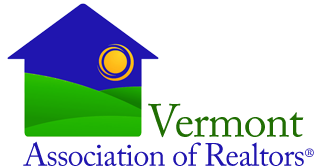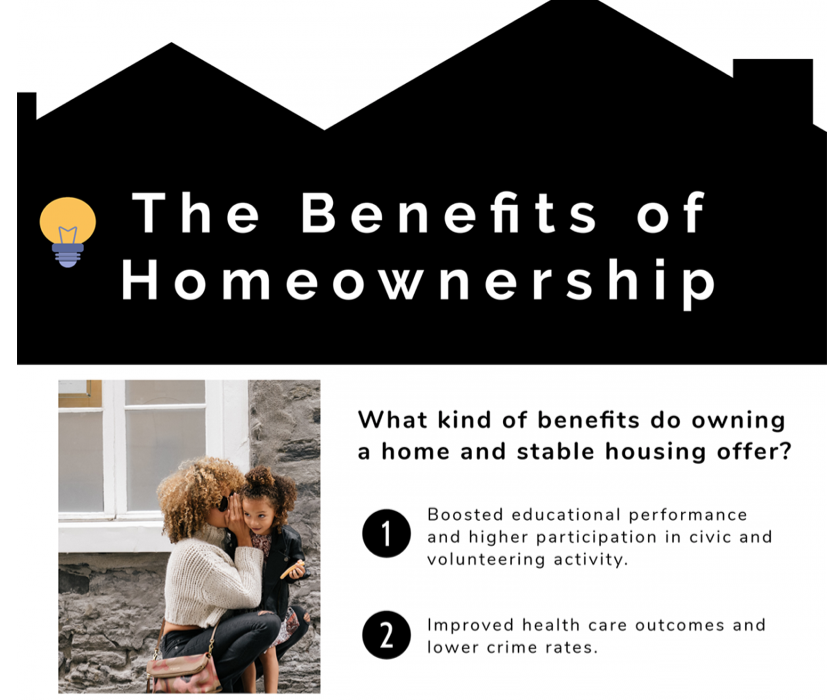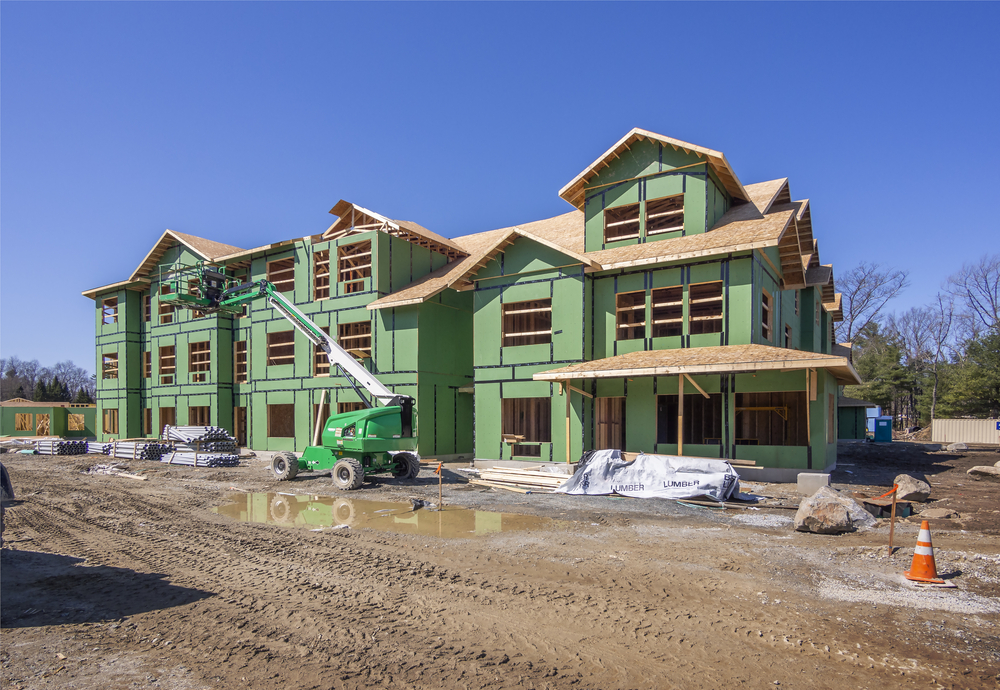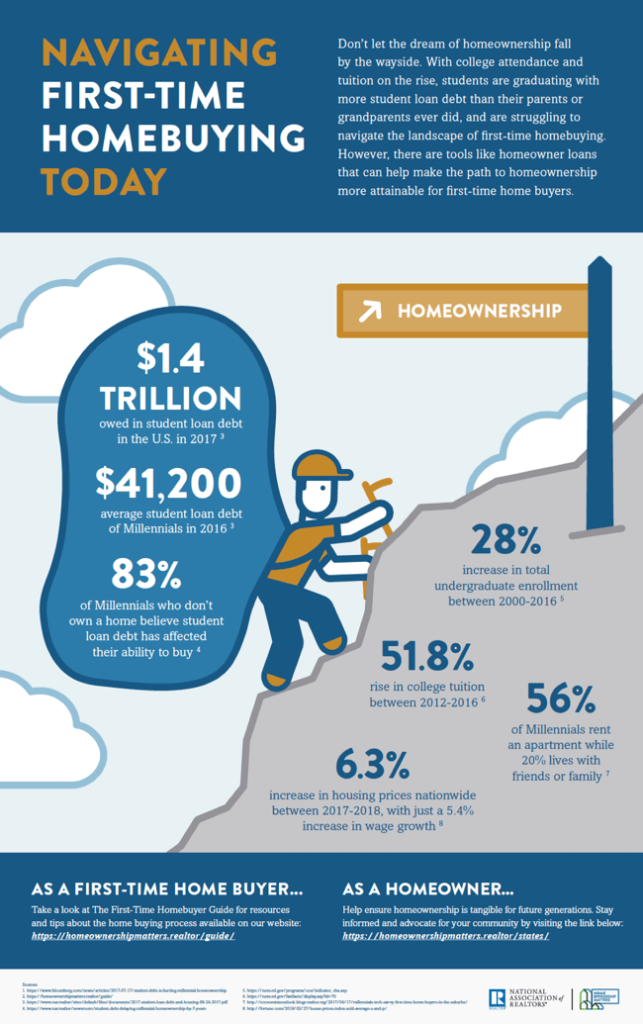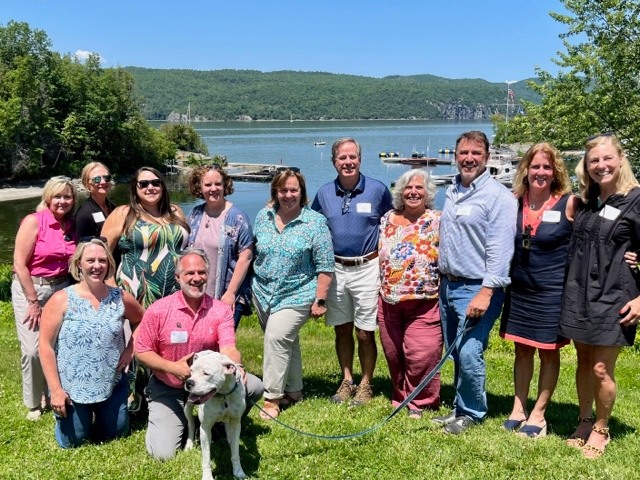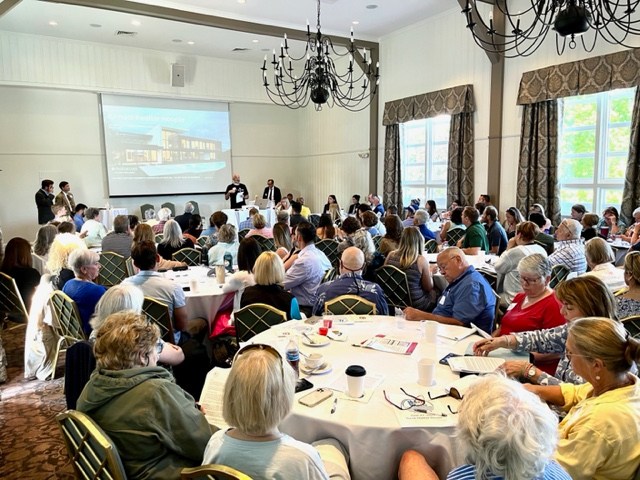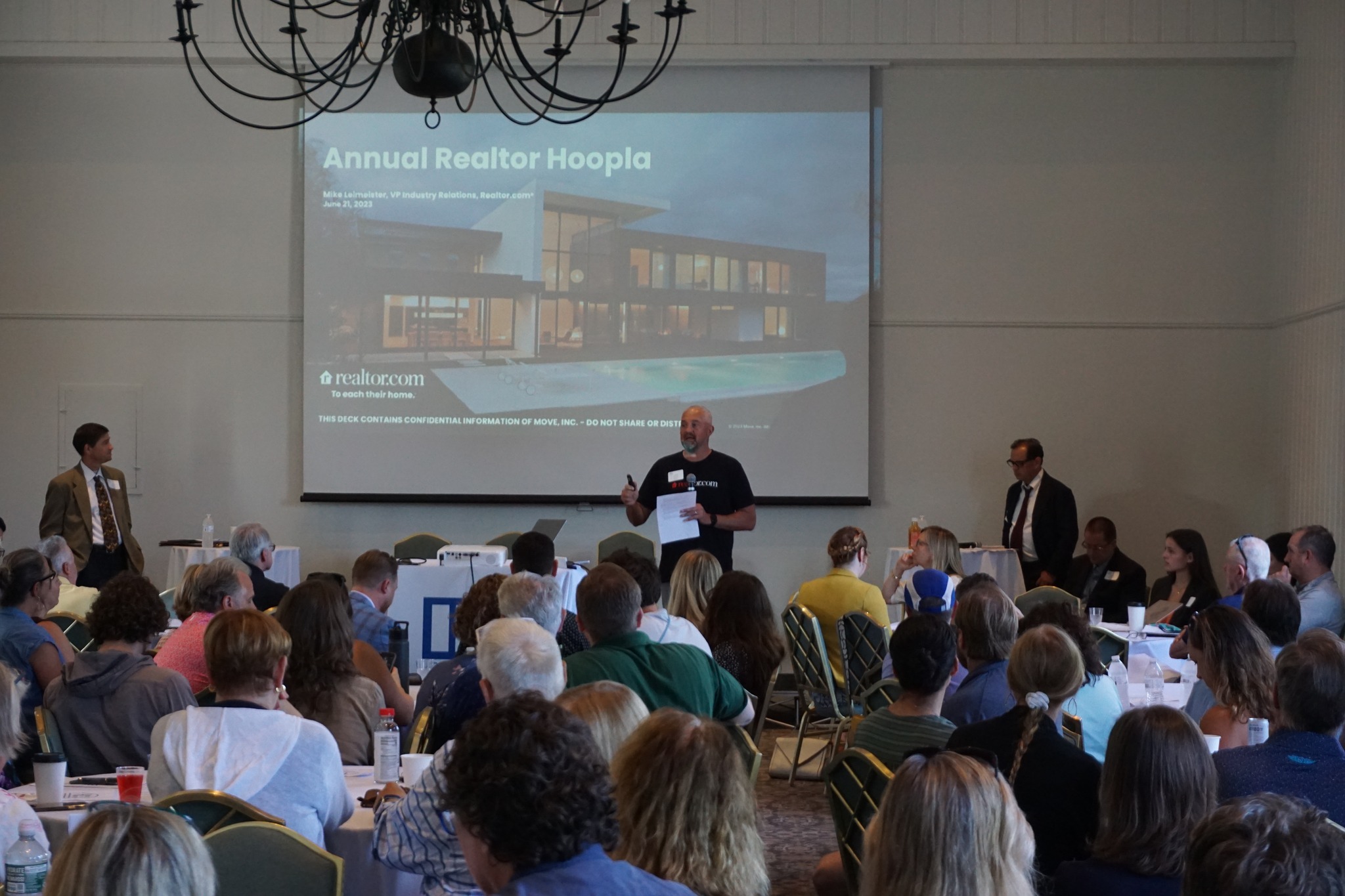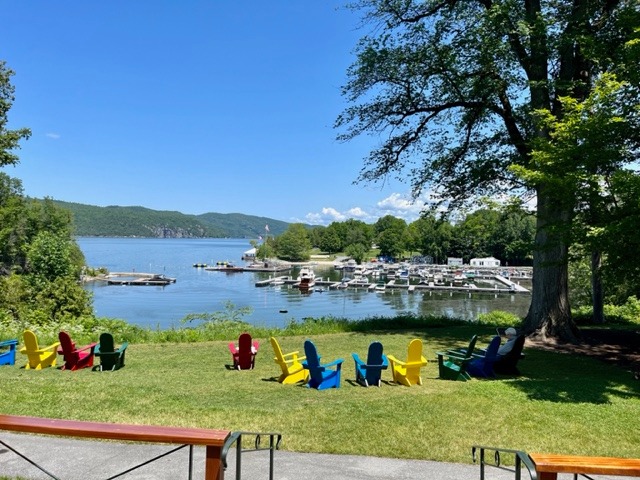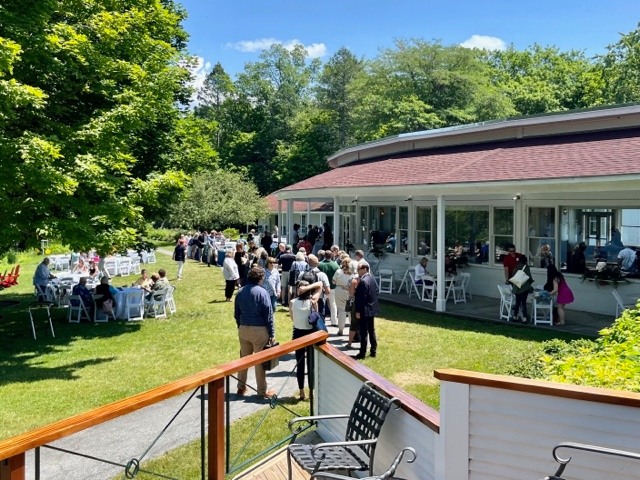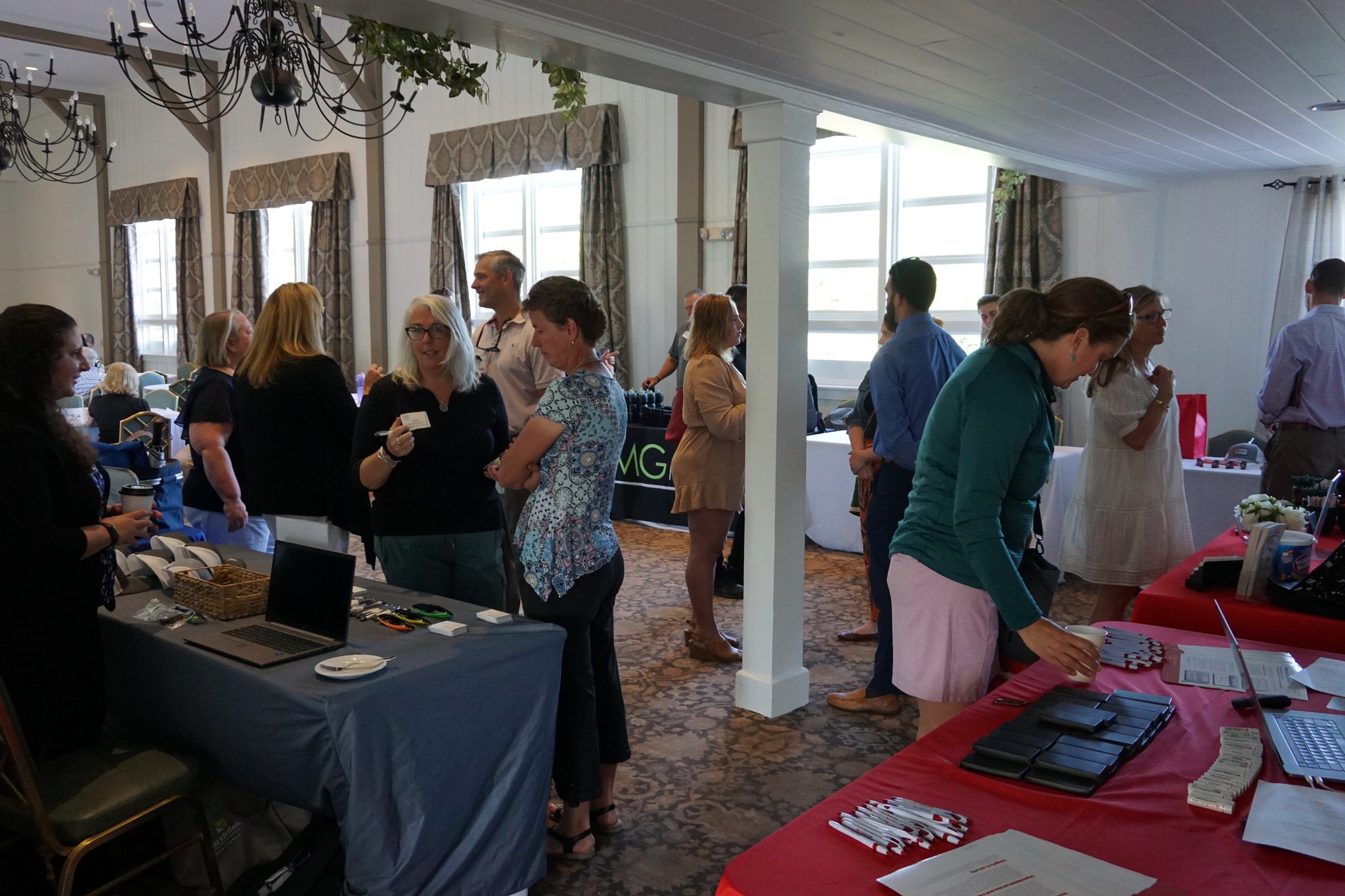Creating Home Ownership Opportunities for All Vermonters
The Vermont Association of Realtors® has identified the creation of new housing as the association’s top priority. As stakeholders in our communities and proponents of home ownership, we propose the following initiatives to set the stage for smart growth and infill development of housing with a focus on home ownership.
To date, the majority of funding provided to Vermont through the American Rescue Plan Act (ARPA) has been allocated to support housing needs for Vermont’s homeless population, and to provide affordable rental housing to those in need during the COVID-19 pandemic. As the Vermont Legislature debates how to allocate resources from the second half of ARPA funds, VAR is advocating for policies and funding that will support the creation of a diverse range of housing types for various income levels and create opportunities for rent affordability as well as home ownership.
Broadening the range of homeownership opportunities, particularly for Vermont’s workforce, is critical to relieving pressure on the affordable housing inventory in our state. Such opportunities will spur fluidity in the marketplace and support upward mobility, opening doors to home ownership for a larger sector of our population. As this sector transitions from affordable housing units to home ownership, affordable housing inventory will be reintroduced into the marketplace for those in more critical need. In addition, the state could partner with private sector stakeholders to create a more welcoming environment for workforce housing development. Combined, these measures would result in broader home ownership opportunities, increased available inventory in the affordable housing sector, and would also reduce the demand for new affordable housing construction.
Home ownership is so much more than a transaction. According to the National Association of Realtors® research, homeowners are happier and healthier than non-homeowners. Homeowners make an investment in their communities; they provide stable housing for their families, and their children are more likely to be involved in organized activities. Perhaps most important for those who have struggled with upward mobility, home ownership provides the basis for family multi-generational wealth. (Download the infographic on the right for more)
With these goals in mind, VAR is focused on two key areas. First, we must address the cost and regulatory issues limiting the supply of new housing. We use “The Five Ls” of construction to breakdown costs and challenges that builders face. They are:

LUMBER
The cost of building materials has dramatically increased over the past year. There is also good evidence, however, that those costs are receding, putting less pressure on construction. Perhaps a bigger issue is the availability of materials. Supply chain challenges are expected to continue for the foreseeable future. VAR is working with the state’s congressional delegation to ease tariffs on building materials in an effort to address this issue.
LABOR
Vermont’s technical centers are ideally suited to address labor shortages in the building trades. Building trades offer high school graduates an opportunity to earn above-average wages (with little to no college debt) and a promising career path. Unfortunately, there are broad social and cultural perceptions that vocational education is less prestigious and desirable than academic education. This stigma is a contributing factor to the labor shortages facing Vermont and the nation.
VAR urges lawmakers to focus resources on vocational education through funding, changes in public policy and marketing to improve attitudes towards alternative career paths and to recruit historically underrepresented populations, such as women.

LAND
VAR sees great opportunities for ARPA funds to be used to improve the availability of lands ready for redevelopment.
Municipal services will be at the core of any plan to encourage smart growth and infill development in downtowns, village centers, and Neighborhood Development Areas. ARPA funds are currently being allocated to municipalities. We encourage the Legislature to provide incentives to municipalities such as matching grants to improve and expand their water and wastewater systems.
The FY 21 budget also provided resources for brownfield redevelopment. We believe that this funding should be flexible to help prepare properties for redevelopment. As we consider commercial properties for redevelopment for residential use, offsetting environmental cleanup costs will provide municipalities with new properties for infill development.
VAR supports legislation that would allow municipalities to create and join land banks. Many of the state’s municipalities have vacant and abandoned properties that should be prioritized for infill development. This would allow municipalities to increase their available housing stock, revitalize neighborhoods and add property value to the grand list. Land Bank authorizing statute would give municipalities the flexibility to acquire, manage, and redevelop these properties in a way that is aligns with the needs and goals of the community.

LENDING
The builders that we consulted did not feel that lending is an impediment to new construction at this point. Interest rates are low and reputable builders have positive relationships with their lenders. We believe that IRS Opportunity Zone funding presents a great resource for construction funding in Vermont’s 25 Opportunity Zones.
LEGAL
Planning and permitting are areas where the debate on housing creation usually focuses. While Act 250 reform is the common description for permit reform, we understand that ANR permits, Act 250, and Municipal permitting all overlap and contribute to the cost and friction that permitting adds to new home construction.
Environmental groups who have participated in the extended Act 250 debate widely agree that future growth should be incented in downtowns, village centers, and newly created Neighborhood Development Areas. VAR agrees. Waiving Act 250 permitting in areas that have zoning and can provide municipal services, will allow new development to occur with the lowest environmental impact. This one reform of Act 250 is a housing issue solution that satisfies the environmental community.
Builders tell us that if regulation would “just get out of our way” new construction of housing will occur. While permit reform is the logical solution, the rules that apply to these designated areas add to the bureaucracy and are overly burdensome. We support the Planner’s Association document “Addressing Barriers to Housing in Vermont” that points out a number of recommendations to improve the designation programs.
VAR believes that the 10-5-5 rule limits development. This rule requires an Act 250 permit for any development when the builder has reached the threshold of 10 units, within 5 miles constructed within 5 years. This single rule creates an unreasonable limitation that has contributed to our current housing shortage. The rule also causes a larger environmental footprint as developers are forced to build further out and commute lengths and their subsequent fuel emissions increase. We propose that this rule be removed or modified to allow small developers to work within their community, creating housing at an economically sustainable level. This change would also allow for diverse housing development based on available property.
These proposed measures would create an environment in which builders can find the skilled workforce they need, land that has established municipal services can be developed, and a simplified, streamlined permitting process can pave the way for smart growth. Solving Vermont’s lack of housing inventory will help the state create sustainable communities.
HOME OWNERSHIP
VAR’s second focus is on incentives that the state can provide to home purchasers. VAR supports the Vermont Housing Incentive Program (VHIP) small grant funding proposal that would help small-scale, private apartment owners rehabilitate blighted and vacant units that could be used for affordable housing. This grant program is a cost-effective way for Vermont to support affordable housing and property owners in need of help. We also strongly support continued funding for the First-time Homebuyer Revolving Loan Fund. We would like to see this program get the operational authority and funding needed to support first-time homebuyers.
VAR also supports the creation of tax-advantaged first-time homebuyer savings accounts to help first time homebuyers save for their down payment and closing costs and to increase their financial literacy and planning.
We believe that housing is a fundamental right, that home ownership creates better communities and more stable families. We must not wait any longer to address this issue.
CONTACT
Peter Tucker
Director of Advocacy & Public Affairs
peter@vermontrealtors.com
(802) 598-5813
Elizabeth Bushey
Advocacy & Public Affairs Specialist
elizabeth@vermontrealtors.com
(802) 353-8880
